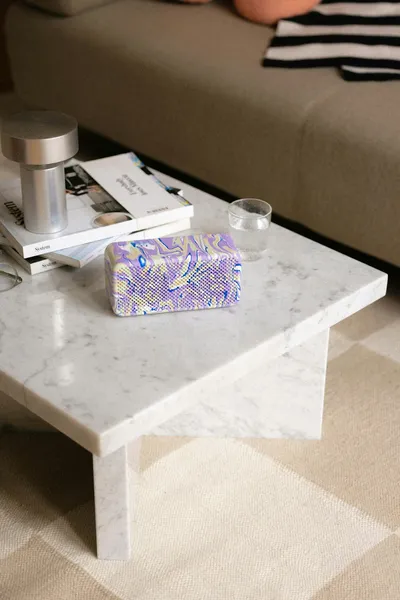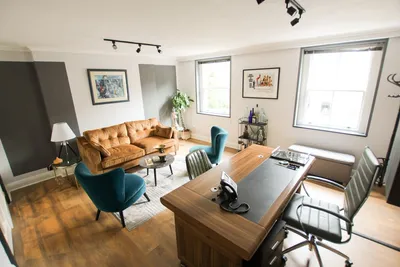Minimalist Furniture: The Trend Shaping Modern Homes

Understanding the Minimalist Furniture Trend
Minimalist furniture has become a cornerstone of contemporary interior design, characterized by clean lines, functional pieces, and a 'less is more' philosophy. This trend emphasizes simplicity and efficiency, making spaces feel open and uncluttered.
The Origins of Minimalism in Design
The minimalist movement began in the mid-20th century, influenced by the work of architects like Ludwig Mies van der Rohe and designers such as Dieter Rams. The core principles of minimalism focus on clarity, purpose, and the essence of objects, eliminating unnecessary elements.
Key Features of Minimalist Furniture
When identifying minimalist furniture, look for pieces that emphasize functionality and simplicity:
- Simple Designs: Emphasize clean, straight lines without ornate details.
- Neutral Colors: Often features neutral palettes like white, black, and grey, sometimes accented with natural wood tones.
- Functional Pieces: Furniture that serves a clear purpose and often has multiple uses.
- High-Quality Materials: Materials such as stainless steel, glass, and wood are commonly used for their durability and aesthetic appeal.
Incorporating Minimalist Furniture into Your Home
Start with a Clean Slate
Begin by decluttering your space. Minimalism is all about simplicity, so ensure your home is free from excess items that don’t serve a functional purpose.
Select Key Pieces
Invest in a few high-quality, timeless pieces of furniture that offer both function and form. Remember, minimalism is not about having less, but about making room for what matters.
Embrace Neutral Color Palettes
Choose furniture and decor in neutral colors to create a calm and cohesive look. Natural materials like wood and stone can add warmth and texture to the space.
Optimize for Functionality
Focus on pieces that provide maximum functionality. Multi-purpose furniture like a sofa that converts into a bed or a dining table with storage options can help maintain a minimalist look while being practical.
The Future of Minimalist Furniture
Minimalism continues to evolve, with designers pushing the boundaries to make spaces even more efficient and aesthetically pleasing. Sustainability is also becoming intertwined with minimalism, as sustainable materials and practices enhance the ethos of simplicity and efficiency.
In conclusion, minimalist furniture offers a refreshing approach to modern living, emphasizing quality, functionality, and style. Whether you are redecorating a single room or an entire home, adopting minimalist principles can transform your space into a serene and functional haven.



